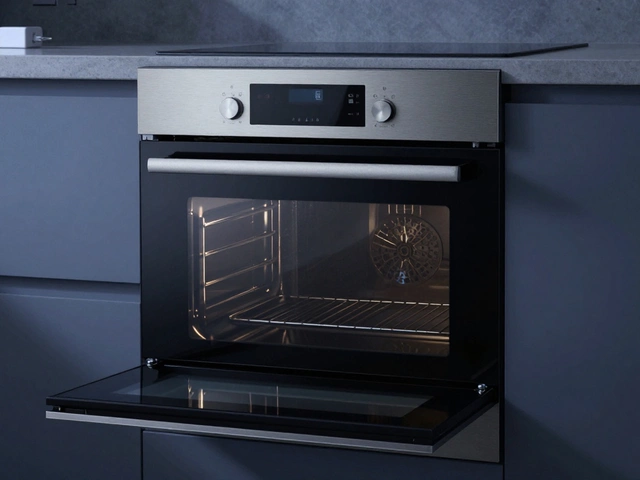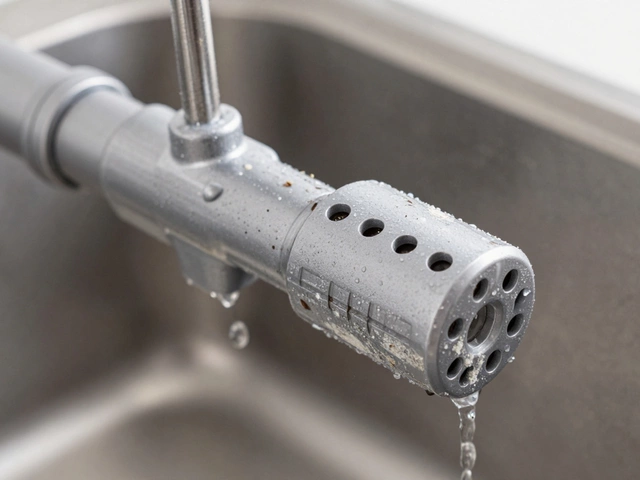Hot Water Heater Element – What It Is and How to Keep It Working
When dealing with hot water heater element, the metal coil that heats water inside a residential tank. Also known as heating element, it converts electricity into heat so your taps deliver warm water. If that coil goes bad, the whole system stalls. Understanding its role, spotting the signs of trouble, and knowing the safest way to test or replace it can save you weeks of cold showers.
Every water heater, a storage tank that supplies hot water to a home relies on the element to raise the water temperature. The heater also includes a thermostat, a control device that tells the element when to turn on or off. When the thermostat misreads the temperature, it may keep the element on too long, leading to early wear. Conversely, a faulty element can leave the thermostat idle, thinking the water is already hot.
Knowing the difference between a burnt‑out element and a thermostat issue matters because each part requires a different fix. A heating element can often be swapped out by a handy homeowner, while a thermostat usually needs a professional’s eye to ensure it’s calibrated correctly. Both components are considered appliance parts, replaceable pieces that keep household devices running and are stocked by most repair shops.
Typical signs that the element is on its last legs include no hot water at all, water that’s only lukewarm, or a sudden drop in water temperature after a few minutes of use. You might also hear a faint buzzing noise from the tank – that’s the element trying to work but failing to generate enough heat. These clues point to a breakdown in the core heating function, not just a clogged pipe or a broken valve.
Common Signs of a Bad Element
When hot water suddenly disappears, the first thing to check is the element’s continuity with a multimeter. A reading of infinite resistance means the coil is broken. If you see a low resistance value, the element is still intact, and you should look at the thermostat or the tank’s dip tube. Safety first: always turn off power at the breaker before you touch any wires.
Testing is straightforward. Remove the access panel, locate the two screw terminals on the element, and disconnect them. Set a digital multimeter to the ohm setting and touch the probes to the terminals. No reading? The element is toast and needs replacing. If you get a normal reading, the issue likely lies elsewhere, such as a faulty thermostat or a tripped high‑limit switch.
Replacing the element is a quick DIY job. After confirming the power is off, unscrew the element’s mounting bolts, pull it out, and slide the new coil into place. Tighten the bolts, reconnect the wires, replace the panel, and restore power. Most homeowners finish this in under an hour, and a fresh element restores hot water instantly.
However, if you’re uncomfortable working with electricity or if the tank shows signs of corrosion, call a qualified appliance repair technician, a licensed professional who can diagnose and fix heating issues safely. They can test the entire system, check for hidden leaks, and ensure the new element meets local safety codes. Either way, knowing the basics helps you ask the right questions and avoid unnecessary service charges.
Below you’ll find a curated list of articles that dive deeper into each of these topics – from detailed troubleshooting steps to cost‑effective repair strategies. Whether you’re a DIY enthusiast or just want to understand when to call the experts, the posts ahead give you practical insight to keep your water heater humming reliably.
Think your showers are getting colder? You might be facing a bad hot water heater element. This guide will show you the signs, reasons, and quick checks to confirm if your heater’s element has called it quits. I’ll break down what’s happening inside the tank and when you should grab your toolbox or call in a pro. You’ll get tips anyone can follow, even if you’ve never tinkered with a heater before.
Figuring out if a hot water heater element is malfunctioning can save you time and money. This guide walks you through the signs of a bad heating element, how to test it, and what to do if you find an issue. Knowing the difference between a simple fix and when to call a professional can keep your water hot without surprise cold showers.



